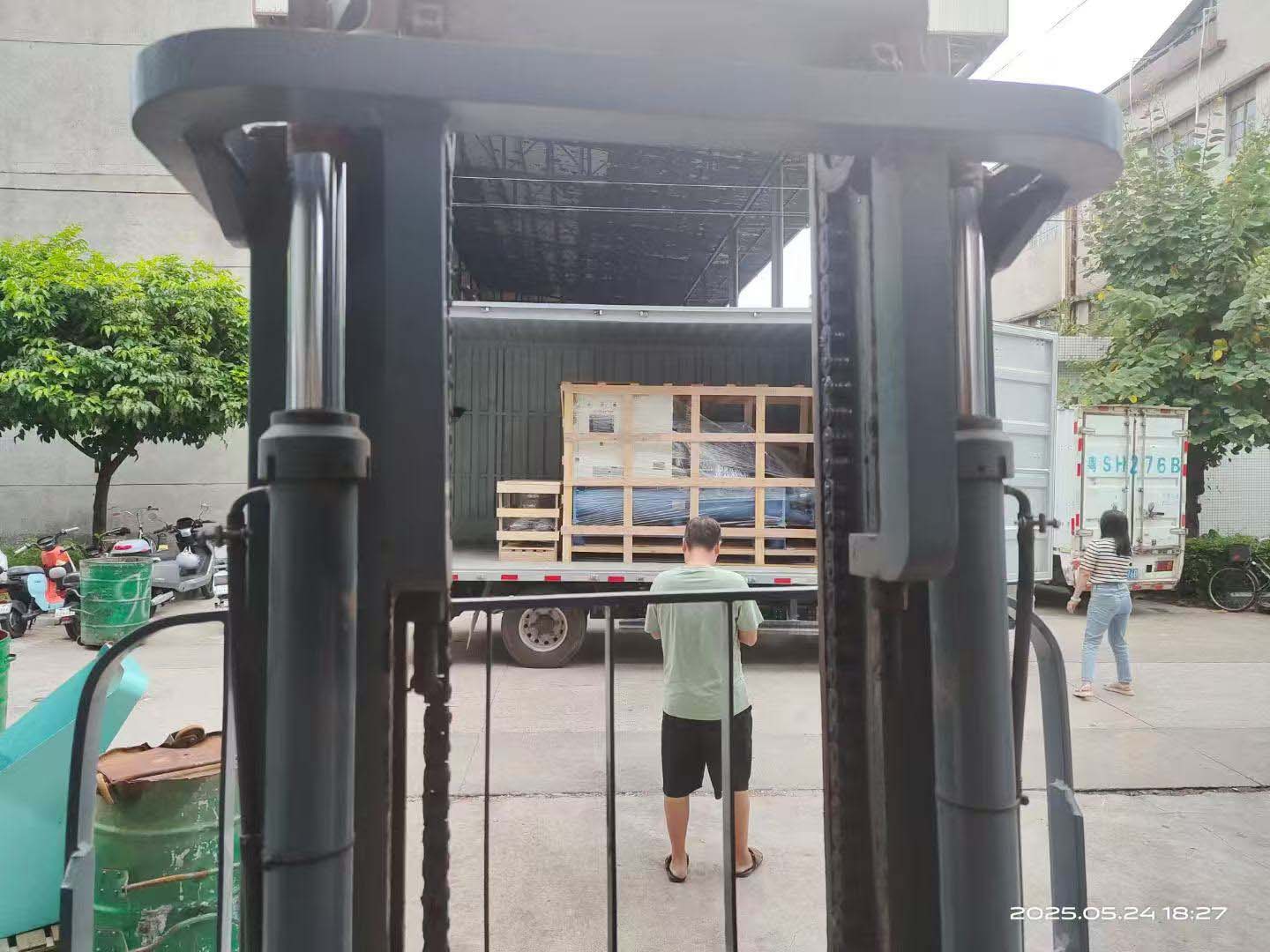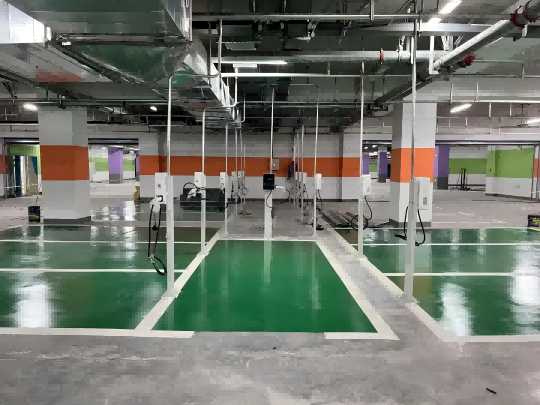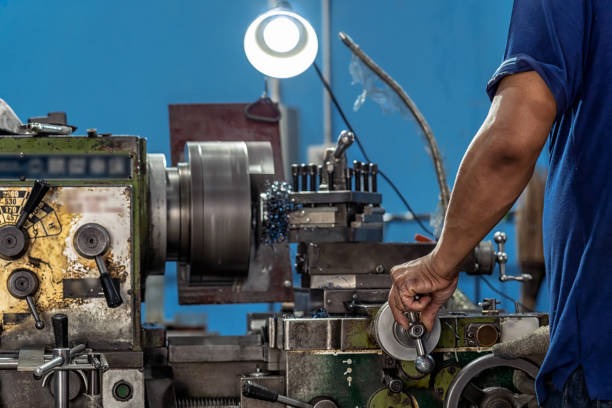In the dynamic landscape of industrial operations, the selection of an appropriate industrial chiller is a critical decision that can significantly impact the efficiency, productivity, and cost-effectiveness of your processes. With a diverse range of chiller types available, each offering unique features and capabilities, navigating the selection process can be challenging. This comprehensive guide will walk you through the essential steps to help you choose the right industrial chiller tailored to your specific requirements.
Step 1: Assess Your Cooling Requirements
The first and foremost step in choosing an industrial chiller is to accurately assess your cooling requirements. This involves determining the amount of heat that needs to be removed from your processes or equipment, as well as the temperature range and cooling capacity required to maintain optimal operating conditions. Consider factors such as the size and nature of your industrial facility, the number and type of processes or equipment that require cooling, and the ambient temperature and humidity levels in your location.
To calculate your cooling load, you can use a cooling load calculator or consult with a professional engineer. This will help you determine the size and capacity of the chiller needed to meet your cooling requirements. It's important to note that it's better to slightly oversize your chiller rather than undersize it, as an undersized chiller may struggle to maintain the desired temperature and could lead to equipment damage or reduced productivity.
Step 2: Evaluate Chiller Types
Once you have a clear understanding of your cooling requirements, the next step is to evaluate the different types of industrial chillers available. As discussed in our previous article, there are several types of chillers, including air-cooled chillers, water-cooled chillers, screw chillers, and shell and tube chillers, each with its own advantages and disadvantages.
Air-cooled chillers are a popular choice for small to medium-sized industrial facilities or for applications where access to a water source is limited. They are relatively easy to install and maintain, and they do not require a complex water cooling system. However, they are generally less energy-efficient than water-cooled chillers and can be noisy, particularly when operating at high capacities.
Water-cooled chillers, on the other hand, are designed for applications that require high cooling capacities and maximum energy efficiency. They use water as a cooling medium to transfer heat from the refrigerant to the environment, typically through a cooling tower or a closed-loop water system. Water-cooled chillers are more efficient than air-cooled chillers, but they require a more complex installation and maintenance setup, including a dedicated water supply and regular water treatment.
Screw chillers are known for their high efficiency, reliability, and ability to handle large cooling capacities. They utilize a screw compressor to compress the refrigerant and generate cooling, and they can adjust their capacity to match the cooling load requirements of the application. Screw chillers are relatively compact and operate quietly, making them suitable for a variety of industrial applications.
Shell and tube chillers are characterized by their high heat transfer efficiency and versatility. They consist of a cylindrical shell containing a bundle of tubes, and they can be used with a variety of refrigerants and cooling fluids. Shell and tube chillers are relatively easy to clean and maintain, but they can be more expensive than other types of chillers, particularly for smaller cooling capacities.
Consider your specific cooling requirements, installation constraints, budget, and maintenance preferences when evaluating chiller types. It may also be helpful to consult with a chiller manufacturer or supplier to get their expert advice and recommendations.
Step 3: Consider Energy Efficiency
Energy efficiency is an important consideration when choosing an industrial chiller, as it can have a significant impact on your operating costs over the long term. Look for chillers that are designed to be energy-efficient, with features such as variable speed drives, high-efficiency compressors, and advanced control systems. These features can help you reduce energy consumption and lower your utility bills.
You can also look for chillers that have been certified by energy efficiency organizations, such as the Energy Star program in the United States. Energy Star-certified chillers meet strict energy efficiency guidelines and can provide significant energy savings compared to non-certified models.
Step 4: Evaluate Maintenance Requirements
Regular maintenance is essential to ensure the optimal performance and longevity of your industrial chiller. When choosing a chiller, consider the maintenance requirements and costs associated with each type. Some chillers may require more frequent maintenance and servicing than others, and this can impact your operating costs and downtime.
Look for chillers that are designed to be easy to maintain, with features such as accessible components, modular designs, and self-diagnostic capabilities. These features can make it easier to perform routine maintenance tasks, such as lubricating the compressor, replacing the filters, and checking the refrigerant levels.
It's also important to consider the availability of spare parts and the quality of customer support provided by the chiller manufacturer or supplier. Choose a manufacturer or supplier that has a reputation for providing reliable products and excellent customer service, and that offers a comprehensive warranty and maintenance program.
Step 5: Compare Prices and Quotes
Once you have narrowed down your options to a few chiller models that meet your requirements, the next step is to compare prices and quotes from different manufacturers and suppliers. Be sure to compare the total cost of ownership, including the purchase price, installation costs, operating costs, and maintenance costs, rather than just the initial purchase price.
It's also important to consider the reputation and reliability of the manufacturer or supplier, as well as the quality of their products and services. Look for manufacturers and suppliers that have a proven track record of providing high-quality chillers and excellent customer support.
In conclusion, choosing the right industrial chiller requires careful consideration of your cooling requirements, chiller types, energy efficiency, maintenance requirements, and budget. By following these steps and doing your research, you can make an informed decision and select the chiller that best meets your needs and provides the most value for your investment. Remember to consult with a professional engineer or chiller manufacturer if you have any questions or need further assistance in the selection process.











